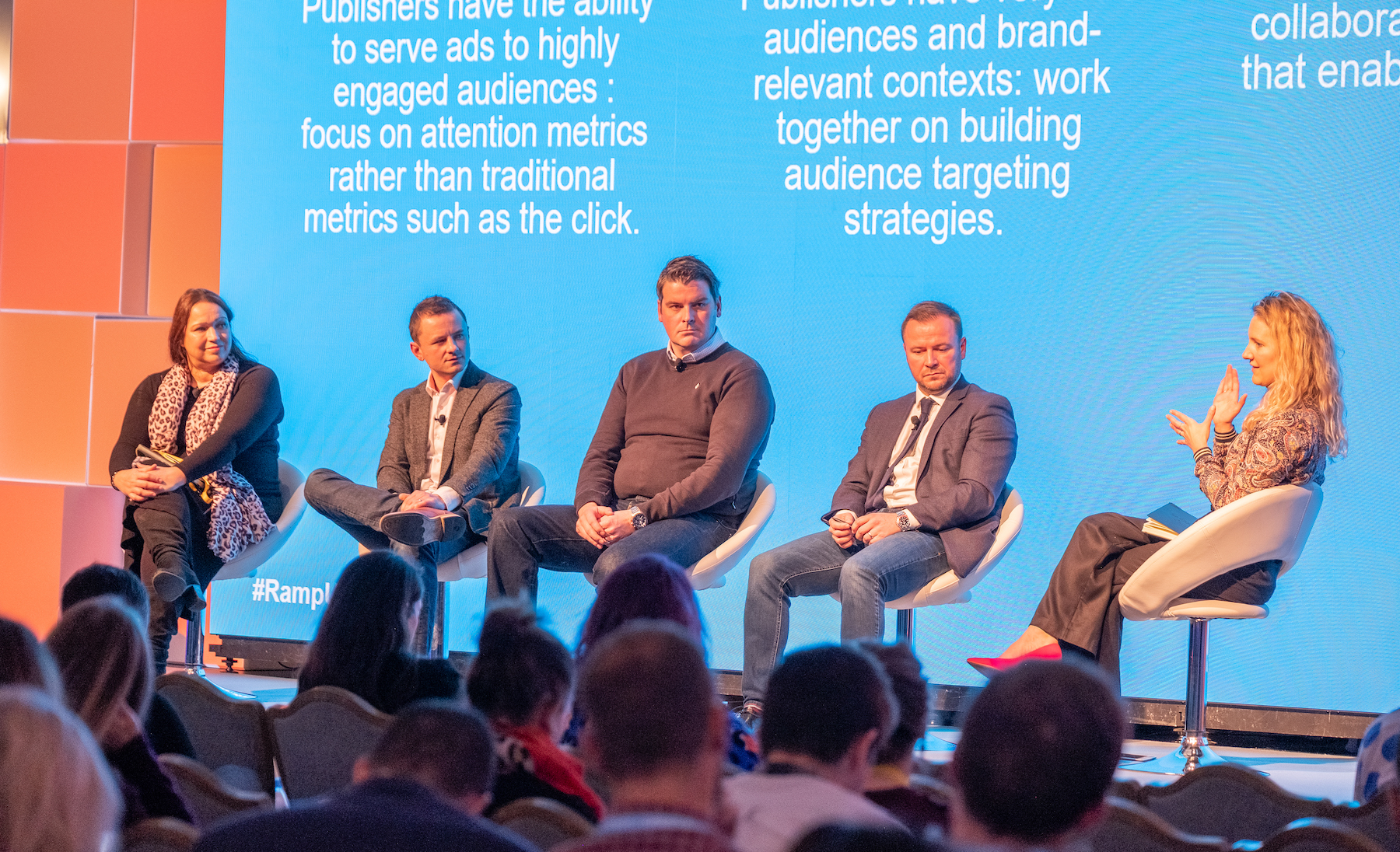The era of the cookie is coming to an end. Mozilla has blocked third-party tracking cookies by default in Firefox. Google is changing how cookies work in Chrome. And with the IAB’s transparency and consent framework 2.0 on the way, there are serious questions about how targeted advertising is going to work in a post-cookie world.
Because while the cookie itself isn’t going to die, the way it’s currently used to track users almost certainly is. And unless advertisers, publishers and brands figure out what to do next, targeted advertising could die with it.
Which is bad news for everyone involved. Targeted advertising delivers a better, more relevant ad experience for consumers, greater ad revenue for publishers, and higher-performing ads for advertisers and brands.
Targeted advertising will still work within the walled gardens
Now targeting will work just fine in the walled gardens because of their first-party data.
For marketers and advertisers, this means these platforms will only become more important and valuable.
So the problem is actually ‘how is targeting going to work outside of the walled gardens’? And the good news is, there are some answers. Here are three good ones.
1. Content-specific targeting
By tailoring advertising to the content that it’s being displayed alongside, it’s possible to deliver marketing that feels specific to the user, without tracking the user at all.
At RampUp London 2019, Sharon Marshall, Director EMEA Partnerships Solutions at Google gave a great example of this:
“Google as an advertiser partnered with The Guardian. The Guardian has great content, especially in recipes, so we used a machine learning model to detect the nuances of each recipe. Then we would make the ad seem personal in the ad unit.
“For example, if I was looking at a recipe for ginger and lemon cookies, then the ad unit would be a prompt for the Google Assistant to buy ginger and lemon. Or if the recipe was for something that was going to take a long time, it would prompt the ad unit to talk about local takeaway in your area.”
By the very fact that the user is looking at the recipe, the ad can be specifically targeted to them with context-relevant ads, without requiring any data capture from them.
2. Zero-party data
Another big topic at RampUp this year was zero-party data. A term coined by Forrester, zero-party data refers to any information that the user chooses to give over.
So if a user inputs their likes and dislikes then requests marketing that meets those preferences, the brand or publisher gets great quality data, and the user gets relevant ads. Everyone wins.
You may end up with far smaller pools of data, but it’s data that is far more accurate and relevant.
And this model is on the rise, especially with publishers. In the panel Reestablishing the Publisher-Advertiser Relationship, Karen Eccles, Director of Commercial Innovation at The Telegraph said:
“Because of our registration strategy, we have that first-party and zero-party data and we’re finding that in conversations with brands that it doesn’t matter that we don’t have huge scale.
“The fact is that when we’re looking for mutual customers that brands and Telegraph share, we’re finding ways to understand where the matches are, and are able to activate against it in a way that’s entirely aligned to the consumer’s consent.”
3. More resonant content
You remember what you used to do before you could make an ad appear in Jane the CFO’s phone browser? You made ads and content that resonated deeply with Jane. So that even if she saw it in a non-targeted setting, it still hit home.
And even if it ended up in front of a bunch of people who weren’t in your segment, it was worth it because it motivated the right number of ‘Janes’ to respond favourably.
It’s easy for marketers to convince themselves that targeting and personalisation are the same thing, but they aren’t. A precisely targeted ad that doesn’t resonate will lose to a resonant ad served in a broader way every time.
Strategy and creative are going to become more important in a post-cookie world. But that is how it’s always been – and how it should be.
Similarly, this applies to older kinds of experiences too.
David Hall, Head of Digital at LG, speaking during a talk titled ‘Matching messaging to customer lifetime value’ said that in the effort to deliver a personalised experience, marketers are forgetting a key thing:
“Don’t forget about in-store. Personalised experiences are best delivered by a person.”
The holy grail of people-based marketing is a customer who feels known, their needs catered to, and this is achievable best using face-to-face interaction. Combine this with identity resolution and you end up with a customer who gets a truly personal experience across offline and online.
Life after the cookie
The era of the cookie as we know it is certainly coming to an end, but the era of targeted advertising is only just starting to heat up. And by thinking a little laterally, targeted advertising in a post-cookie world could end up more relevant, more resonant, and more effective than ever before.
–
See what else your fellow marketers and advertisers discussed RampUp London 2019.
